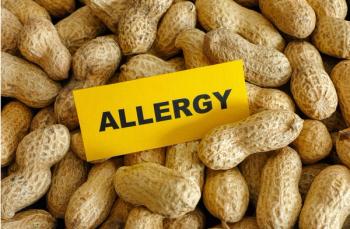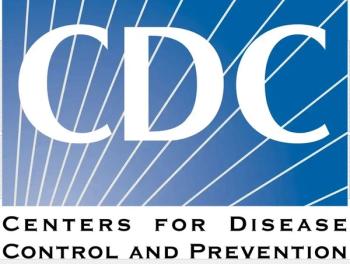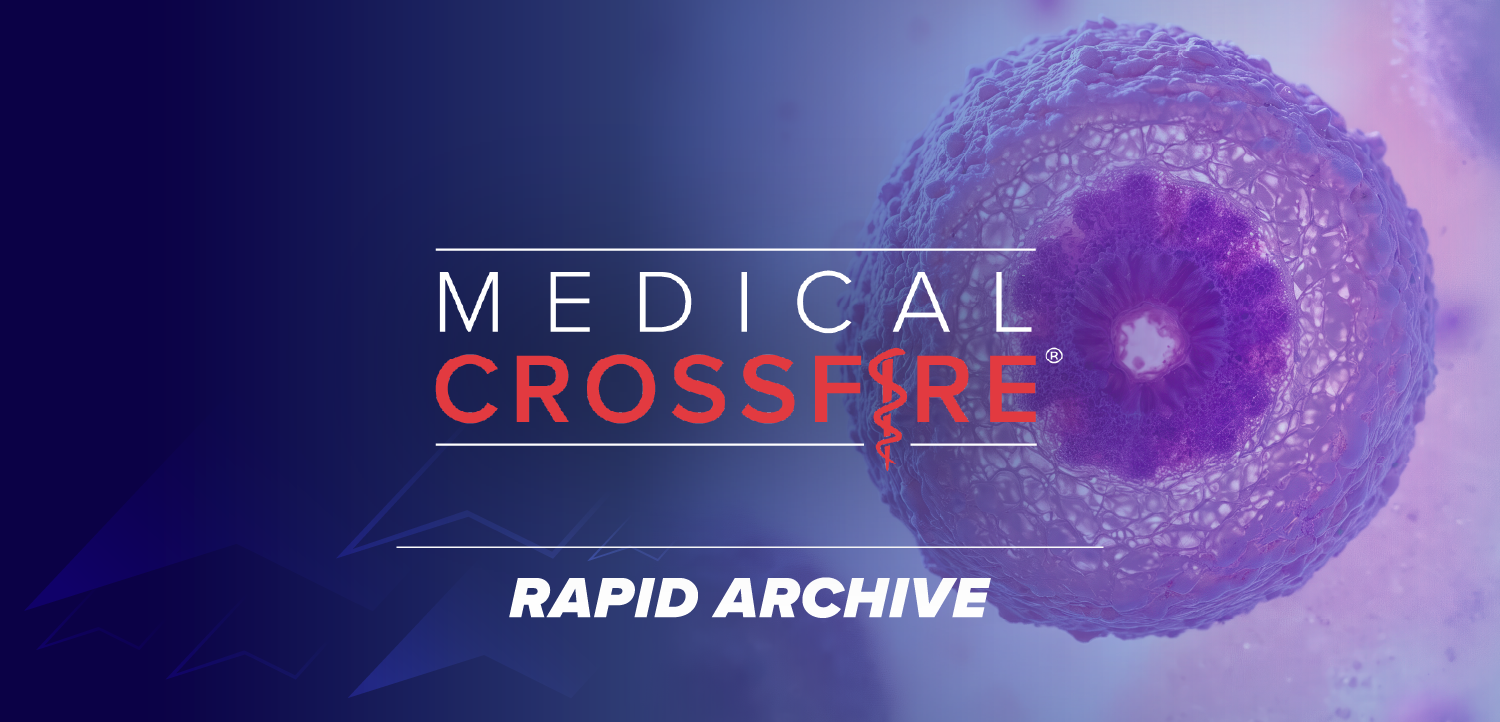
Atogepant Superior to Topiramate for Migraine Prevention in Phase 3 Head-to-Head TEMPLE Study
The superior tolerability and efficacy of the CGRP-targeting atogepant supports recent calls from the AHS to consider the class as first-line preventive therapy for migraine.
The calcitonin gene-related peptide (CGRP) inhibitor atogepant (Qulipta; AbbVie) demonstrated superior tolerability and efficacy compared to the anticonvulsant topiramate (Topamax) in the phase 3 TEMPLE head-to-head study for migraine prevention, according to an announcement from AbbVie. There were significantly fewer treatment discontinuations related to adverse events among study participants treated with atogepant and the CGRP inhibitor outperformed the once standard-of-care topiramate across all TEMPLE secondary endpoints.1
The multicenter, randomized, double-blind study of 545 participants with episodic or chronic migraine showed the study met its primary endpoint, with atogepant (60 mg once daily) yielding a 12.1% discontinuation rate due to adverse events compared to 29.6% for topiramate (50-100 mg/day) over 24 weeks. Relative risk was calculated at 0.41 (95% CI, 0.28, 0.59; P <.001), according to the statement.1
Clinical efficacy data revealed 64.1% of participants on atogepant achieved a 50% or greater reduction in mean monthly migraine days during months 4 to 6 compared to 39.3% of participants receiving topiramate (P <.001), satisfying a key secondary endpoint.
"These TEMPLE data affirm recommendations from the American Headache Society (AHS) and International Headache Society, highlighting the role of CGRP pathway inhibitors as first-line preventive treatment options for migraine," Roopal Thakkar, MD, executive vice president, research and development, chief scientific officer, AbbVie, said in the statement.1
The study enrolled adults aged 18 and older with a documented history of migraine, with or without aura, of 12 months duration or more. Participants had 4 or more migraine days per month and required preventive treatment. The study was performed across 73 sites in Europe, Israel and Canada. In the first phase, a 24-week double-blind treatment period, participants were randomly assigned to receive atogepant 60 mg once daily or the highest tolerated dose of topiramate (ranging from 50 to 100 mg/day).
Up-titration to target dose took place over 6 weeks and was followed by 18 weeks of maintenance. Participants who met eligibility requirements then entered a 52-week open label phase where all received atogepant. Participants used electronic diaries to collect data on headache frequency, duration, symptoms, acute medication use, and to self-report outcomes.1
"Far too often, people living with migraine struggle with meeting their treatment goals despite available and accessible preventive options," Jaclyn Duvall, MD, neurologist and founder of Headache Specialists of Oklahoma, said in the AbbVie statement. "The TEMPLE data provide a patient-centered measure of treatment effectiveness by capturing both efficacy and tolerability, representing a meaningful way to evaluate the real-world impact of treatment persistence in migraine prevention."1
Make CGRP-targeting Therapies First-Line
In his comments, Thakkar refers to a 2024
Preventive therapy is indicated in approximately 40% of individuals with migraine, according to the AHS, but only about 10% of those use the treatments. The reasons include the longstanding limitations referenced above with both efficacy and tolerability of the more established therapies, a group that includes topiramate as well as medications with primary indications for hypertension (beta blockers) and depression (tricyclics, SSRI/SNRIs).
Further, there is evidence that more than 50% of people currently using preventive medications still qualify for further preventive treatment, indicating that their current therapies may not be providing sufficient relief.4
Atogepant was first approved in September 2021 for the preventive treatment of of episodic migraine. The FDA granted AbbVie a label expansion in April 2023 to include prevention of chronic migraine. Administered as a once-daily therapy in 10, 30 and 60 mg tablets, atogepant’s most common side effects are nausea, constipation, and fatigue/sleepiness.
Full results from the TEMPLE study will be presented at an upcoming medical meeting, Abbvie stated.
References
AbbVie announces new data demonstrating atogepant (Qulipta/ Aquipta) achieves superiority across all endpoints in phase 3 heat-to-head study compared to topiramate for migraine prevention. News release. AbbVie, AbbVie. June 18, 2025. Accessed June 18, 2025. https://news.abbvie.com/2025-06-18-AbbVie-Announces-New-Data-Demonstrating-Atogepant-QULIPTA-R-AQUIPTA-R-Achieves-Superiority-Across-All-Endpoints-in-Phase-3-Head-to-Head-Study-Compared-to-Topiramate-for-Migraine-Prevention
Halsey G. Consider CGRP inhibitors as first-line option for preventive treatment of migraine: new American Headache Society Consensus Statement. Patient Care. April 12, 2024. https://www.patientcareonline.com/view/cgrp-inhibitors-a-first-line-option-for-preventive-treatment-of-migraine
Charles AC, Digre KB, Goadsby PJ, Robbins MS, Hershey A. Calcitonin gene-related peptide-targeting therapies are a first-line option for the prevention of migraine: an American Headache Society position statement update. Headache. Published March 11, 2024. doi:10.1111/head.14692
Buse DC, Sakai F, Matharu M, Reed ML, Fanning K, Dabruzzo B, Lipton RB. Characterizing gaps in the preventive pharmacologic treatment of migraine: Multi-country results from the CaMEO-I study. Headache. 2024;64(5):469-481. doi:10.1111/head.14721
Newsletter
Enhance your clinical practice with the Patient Care newsletter, offering the latest evidence-based guidelines, diagnostic insights, and treatment strategies for primary care physicians.

















































































































































































































































































